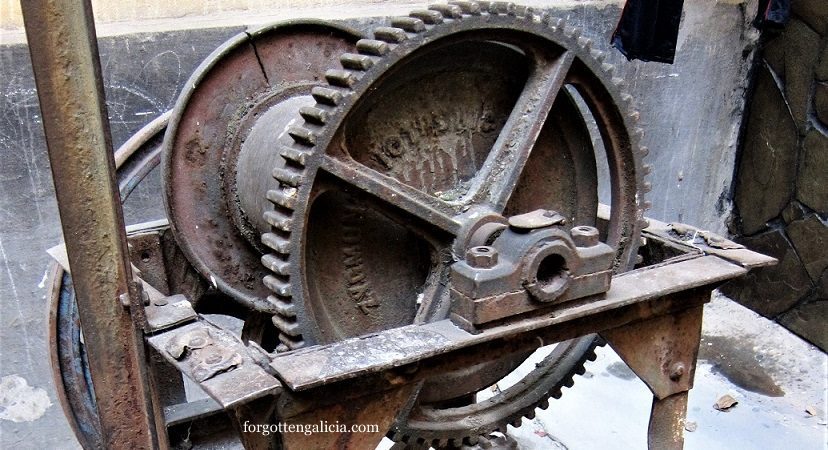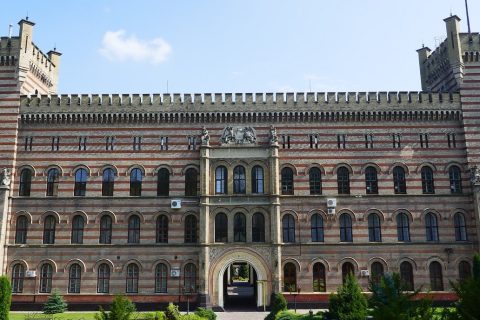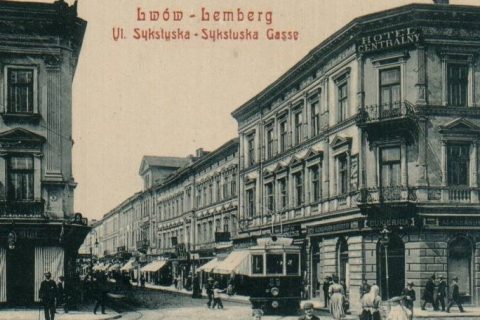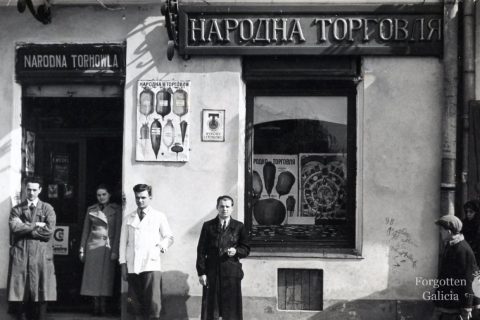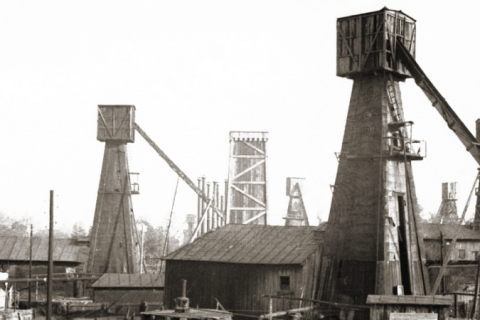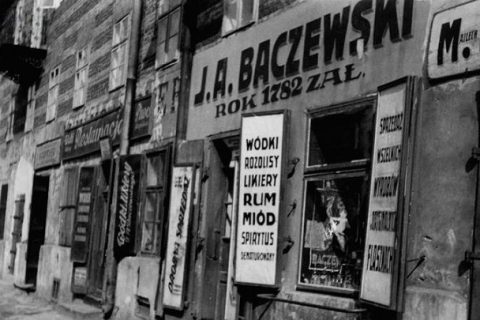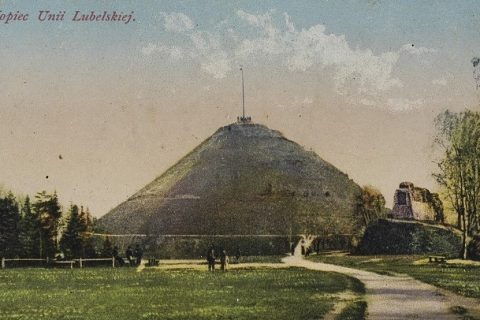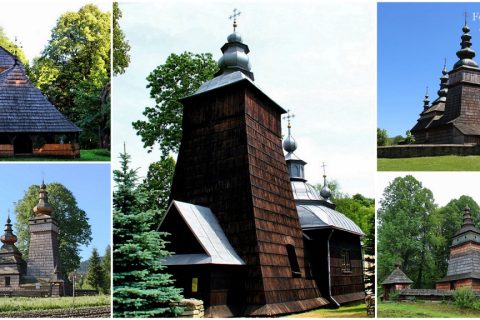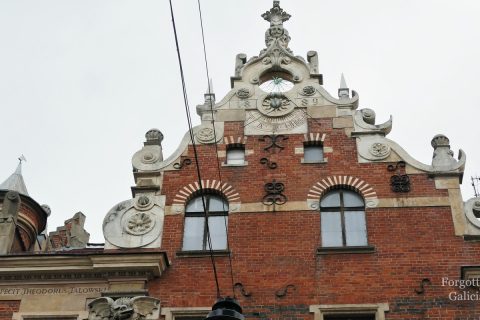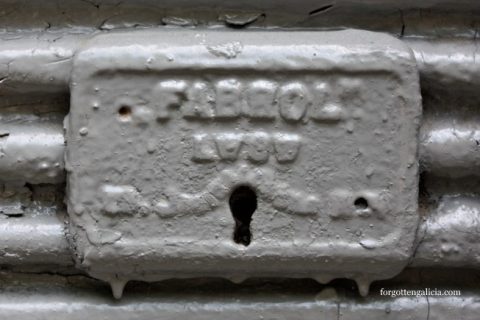Remnants of Coal Elevators in Lviv
Remnants of old manually operated coal elevators remain tucked away in a some of Lviv’s courtyards. These artifacts date from the late nineteenth and early twentieth centuries — a time when coal was widely used for domestic heating. At that time, coal would have been delivered to the courtyards of […]
Read More
